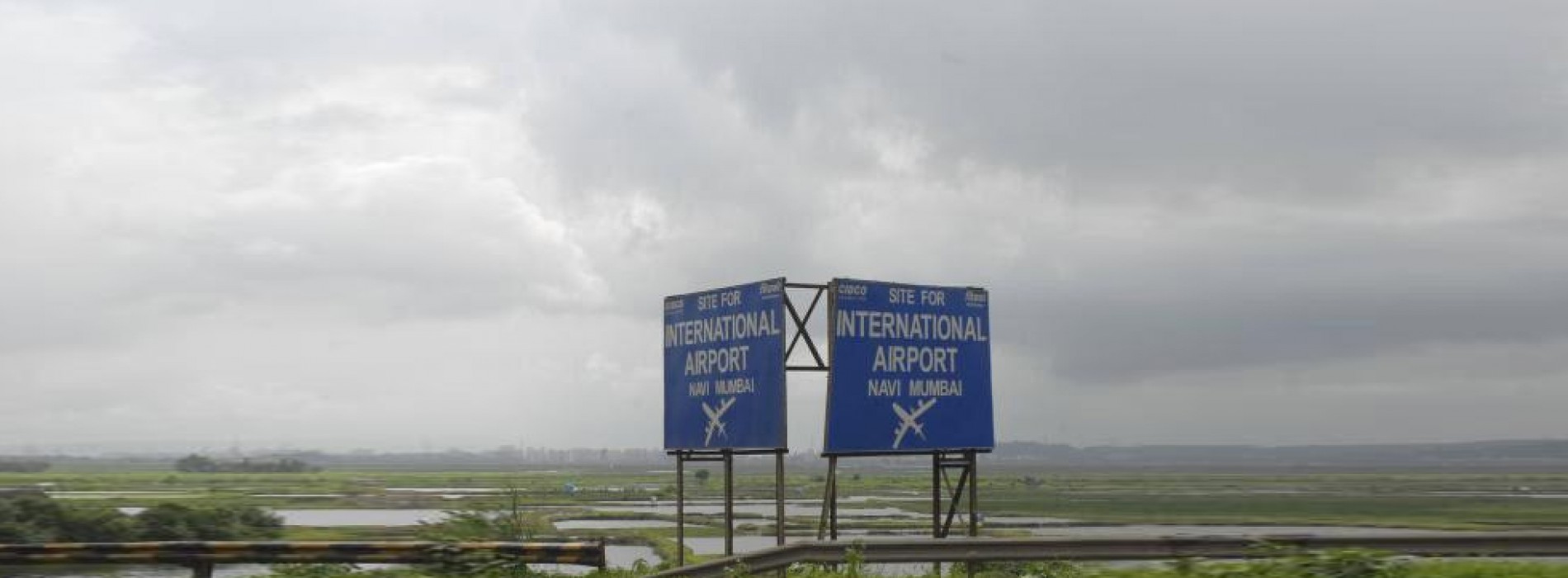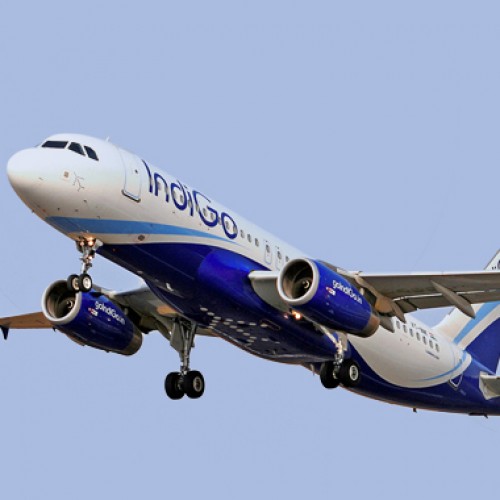Navi Mumbai airport may not be operational before 2022
The Navi Mumbai international airport is unlikely to be ready for operations before 2022, said Alexandre de Juniac, director general and CEO of International Air Transport Association (IATA), an airlines’ body that represents about 275 airlines which operate 83% of the global air traffic.
Early this year, chief minister Devendra Fadnavis had set a deadline of 2019 for the completion of the airport, which was then revised to 2020.The IATA DG’s statement then makes the government’s 2020 deadline for start of commercial operations a highly unrealistic one.
“The second airport (Navi Mumbai) will be effective at best in five or six or seven years,” said Juniac in an interview to TOI during the three-day IATA annual general meeting held last week. His statement wasn’t India specific. “Everywhere it’s the same. The only airport that was built faster was Istanbul (Turkey),” he said in reference to the average time it takes to build an airport. Juniac who has over 20 years experience in the airline industry and served as chairman and CEO of Air France-KLM before he took over as IATA director general in September 2016.
After over a decade of dillydallying, this year, the state government woke up to the fact that the lone Sahar-based airport is saturated beyond capacity . The delay in construction of a second airport for Mumbai will bring consequences. For one, India’s domestic air pas senger traffic has topped the global chart for the highest growth rates, 24 months in a row. IATA forecast says that India will displace the UK as the third largest aviation market by 2026. In March, it beat Japan to become the third largest domestic aviation market in the world. Around the same time, Mumbai displaced London Gatwick with 45.2 million passengers (in the fiscal ending March 2017) to became the busiest single-runway airport in the world. In the India aviation growth story , Mumbai is one of the key feeders of the demand, but the land-starved airport, whose single runway handles over 850 flights per day , is ill equipped to play the role of an enabler.
“Since Mumbai is one of the key cities, it will be detrimental to not solve the airport issue. It will constraint the traffic and will affect the development of Mumbai and the development of India. It’s logical,” Juniac said. International traffic is Mumbai-centric and so international airlines as well as the regional connectivity scheme (RCS), which targets growth of passenger traffic to unserved or underserved cities, will be affected. “How many slots are available to bring all these planes (from Tier 2, 3 cities under RCS) to Delhi or Mumbai. That’s a challenge.”
News Source: timesofindia.indiatimes.com
You might also like
Sands Resorts Macao launches exclusive Diwali Package
Tailor-make your dream Diwali break at The Venetian Macao; The Parisian Macao; Conrad Macao, Cotai Central or Holiday Inn Macao Cotai Central. Celebrate the festive season at Sands® Resorts Macao
Vistara ready to offer free date and flight change due to existing conditions in Srinagar
A statement has been issued on behalf of Vistara’s spokesperson with regard to the existing conditions in Srinagar, Vistara is offering free date and flight change, and cancellation with full
IndiGo said to get DGCA nod for modified regional planes
IndiGo is likely to debut its regional operations in South India later this year using a new seating plan on its smaller aircraft which have been approved by the aviation








